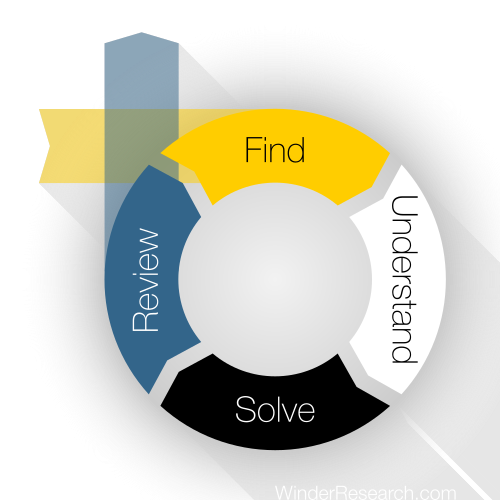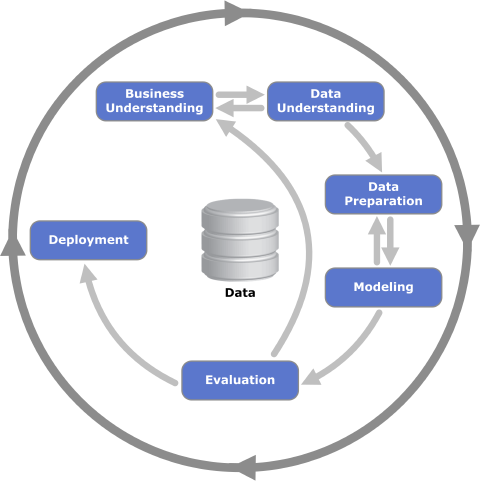302: How to Engineer Features
- Published
- Author
Engineering features
You want to do this because:
- Reduces the number of features without losing information
- Better features than the original
- Make data more suitable for training
???
Another part of the data wrangling challenge is to create better features from current ones.
Distribution/Model specific rescaling
Most models expect normally distributed data. If you can, transform the data to be normal.
Infer the distribution from the histogram (and confirm by fitting distributions)
Read more

